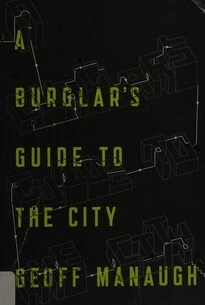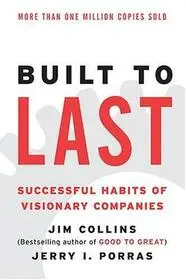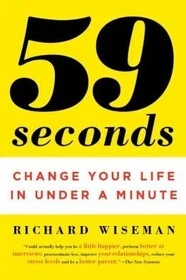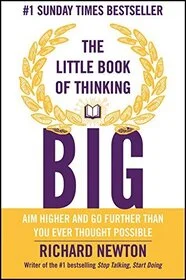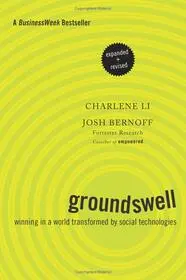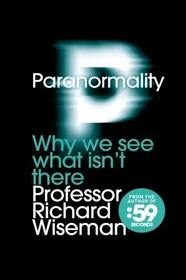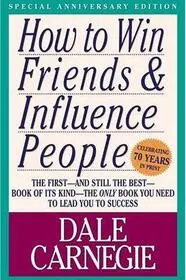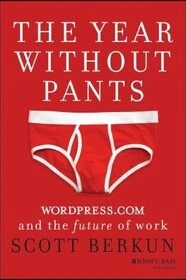A Burglar’s Guide to the City is a captivating and enlightening book written by Geoff Manaugh. This unique exploration delves into the world of burglary and how the built environment plays a role in shaping criminal activities.
Manaugh takes readers on an eye-opening journey, revealing how burglars see and interact with cities differently from law-abiding citizens. By examining real-life heists, historical anecdotes, and architectural theory, he uncovers the hidden connections between crime and urban design.
Key Points
- Architecture as a tool: The book highlights how burglars exploit architectural features like doors, windows, and security systems to gain unauthorized access into buildings.
- The city as a maze: Manaugh presents intriguing insights into how burglars navigate through complex urban landscapes while evading detection.
- Crime prevention strategies: The author explores various strategies employed by architects, security experts, and law enforcement agencies to deter criminal activities.
- Historical context: Readers are taken back in time to understand how famous burglaries shaped urban planning practices and influenced perceptions of safety.
- Psychology of theft: The book delves into the psychological motivations behind burglary, shedding light on why certain individuals are drawn to this illicit profession.
About the Author
Geoff Manaugh is an acclaimed writer and blogger known for his keen interest in architecture, technology, and urbanism. He has written for numerous publications including The New York Times Magazine, Wired, and The Atlantic. A Burglar’s Guide to the City showcases his ability to blend research with storytelling while exploring unconventional topics related to our built environment.
I score this book 5 moons: 🌕🌕🌕🌕🌕
